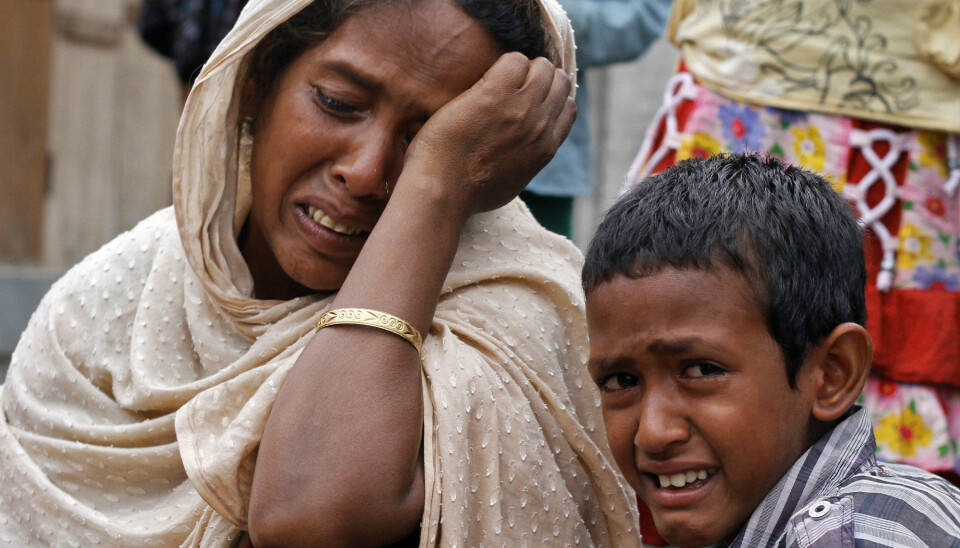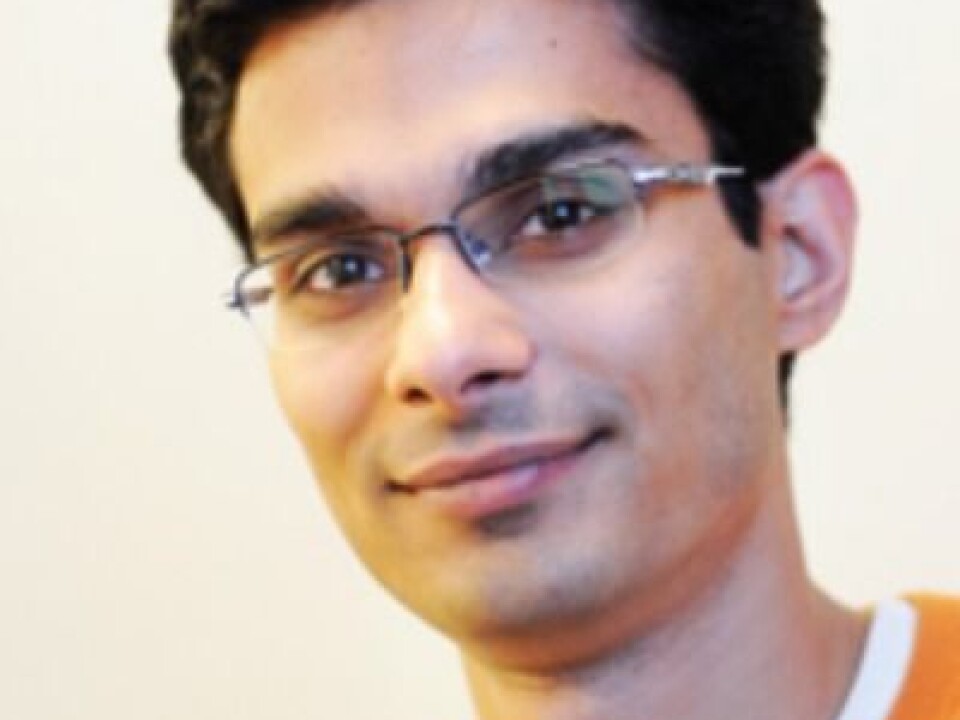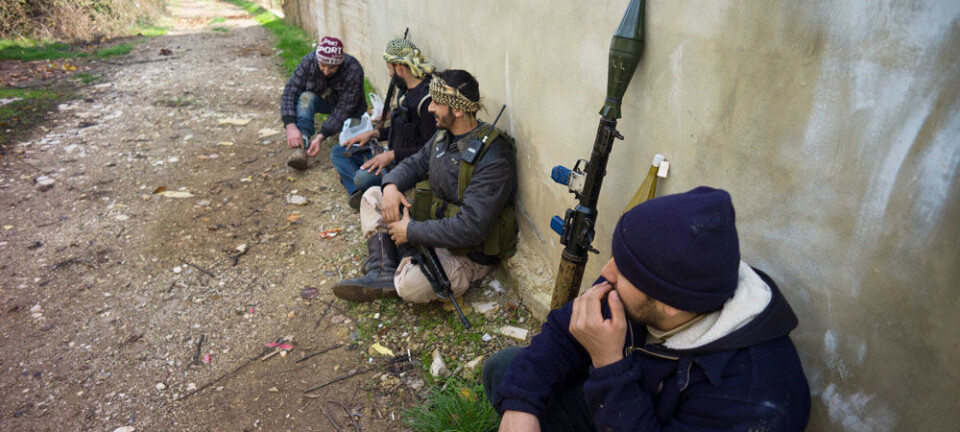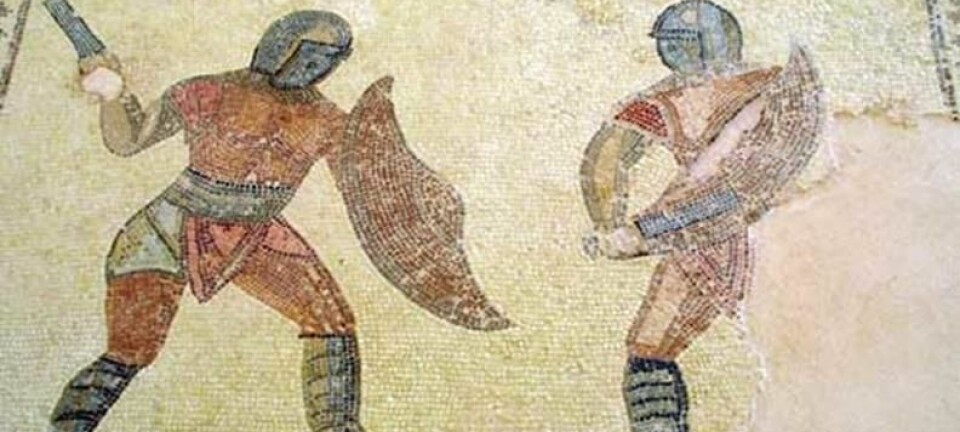An article from University of Oslo

Prosperity leads to violence in India
The violent clashes between Hindus and Muslims in India are generally attributed to religion. Economic factors may provide a better explanation.
Denne artikkelen er over ti år gammel og kan inneholde utdatert informasjon.
Wars between nations are nowadays almost unknown; the wars of our contemporary age are civil wars – of which the situation in Syria is a relevant and appalling example.
However, there are also violent conflicts in which the state is not directly involved: hundreds of so-called low-intensity conflicts are waged in large parts of the world where the exercise of violence is generally along religious, ethnic and cultural dividing lines. Many of these conflicts seldom reach the front pages of our newspapers.
Prosperity and violence
One of these is the bloody conflict between Hindus and Muslims in India – which has been waged ever since independence in 1947. Although the number of those killed is limited in relation to the huge population, the consequences of the violent clashes are nevertheless brute: destruction of property and livelihood, people fleeing, humiliation and fear. Much of the violence is carried out in the context of elections.
“Political scientists, sociologists and anthropologists have written widely about ethnic violence, but usually without ascribing importance to economic conditions,” notes Anirban Mitra.

“Yet, we see that economic theory and method can often help to explain conflict.”
Mitra is a researcher at the Centre for the study of equality, social organization and performance (ESOP) – one of the University of Oslo’s Centres of Excellence.
One might well believe that increased prosperity moderates the level of conflict in a poverty-ridden population. But is this the case? Not necessarily.
Attacking competitors
Mitra points out that economic considerations influence the choices made by individuals and groups. In many parts of India religion is used systematically to achieve economic benefits, either directly by looting people who are of another religious faith, or indirectly by preventing them from running their businesses or stopping their access to resources or property.
He gives us an example: A Muslim businessman sells products or services in his own district. Unfortunately there are very many others who sell the same product or service there. He wishes to rid himself of competition and therefore establishes a group of Muslim friends, who organize an attack on his Hindu competitors, burn down their shops and send them fleeing.
“In essence he does not hate the Hindus, but uses their identity to get rid of them,” Mitra states.
He is concerned with how changes in prosperity more generally affect the level of conflict between population groups, specifically when one group is relatively better off.
“So let us see what happens when Hindus become wealthier. Does this lead to more or less conflict? Correspondingly, what happens when the income of Muslims increases?” asks Mitra.
The researcher has sought the answers to these questions in collaboration with Debraj Ray, one of the most renowned development economists in the world. He was awarded an honorary doctorate by the University of Oslo in 2011.
The two of them are also interested in finding answers to the following politically sensitive questions in India: Who is most often the aggressor and thereby initiates the conflicts – the Hindus or the Muslims?
The researchers use large data sets which include all Hindu-Muslim violence from 1950 to 2000, and which specifically encompass all persons killed and injured and all clashes over a fifty-year period. They also have access to major household surveys, and have been able to calculate average consumption per Hindu and Muslim household – and therefore the economic progress of Hindu and Muslim groups over time. It is known that Muslims are fundamentally poorer than Hindus.
Clear pattern
“There is a clear, notable pattern,” says Mitra. “When the prosperity of Muslims increases, we find a marked increase in religious conflict in the next year and the years immediately following – independently of whether we use a measure of the number of people killed, the total number of killed and injured, or the number of riots.”
In the article, forthcoming in Journal of Political Economy, they have calculated that a growth of one per cent in Muslim consumption results in a rise of approximately five per cent in violent riots. They have tested this link, and find that the effects of an increase in prosperity among Muslims are strong and accurately calculated. When Hindus become wealthier, however, there is no corresponding effect ‒ on the contrary, violence declines.
“There are several studies indicating that attacks on Muslim communities occur when they have progressed economically, but until now, no one has identified a general pattern as we have done in our study,” underscores Mitra.
The researchers also state that when the income of Muslims increases, they themselves become more peaceable.
“Individuals would rather spend their time on productive activity – and perhaps become even wealthier, than on organizing riots and participating in violent deeds. At the same time, wealthier groups become more attractive targets. We observe that a latent hatred between groups can reignite when one group experiences economic progress,” Mitra says.
Sensitive topic
Mitra has presented his findings a number of times – but only twice in India.
“Many people react emotionally to the topic and are unhappy with our conclusions. Each person has his or her own quite specific experiences. Our assertion is obviously not that all violent conflicts in India are the same, but that on average they exhibit the pattern I have explained. When the particular conflicts with the general, the debate easily becomes emotional,” he states.
The researchers do not believe that a particular religious group is more inclined to turn to violence, but that religious fundamentalists are exerting pressure. And sometimes they gain the support of the population, such as when the income of Muslims increases more than that of Hindus.
Mitra believes It is important to recognize that minorities are always at the greatest risk of persecution
“If the income of a minority is low, an increase in income induces more violence against that group – and less violence perpetrated by that group. When a minority is better off, it needs better protection.”

































